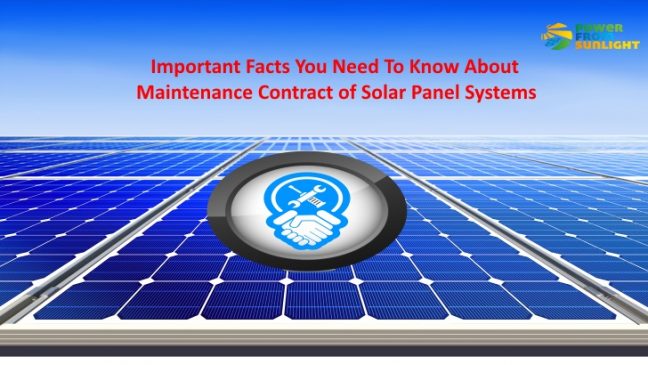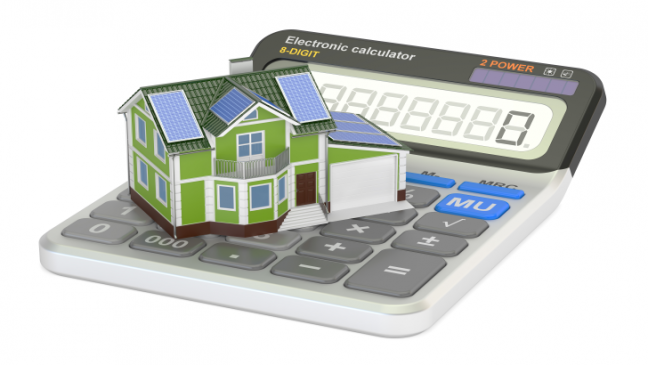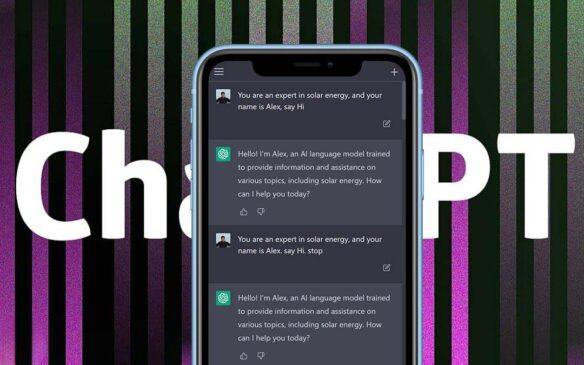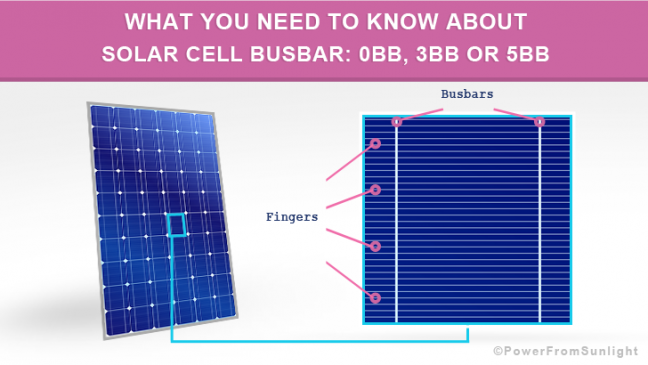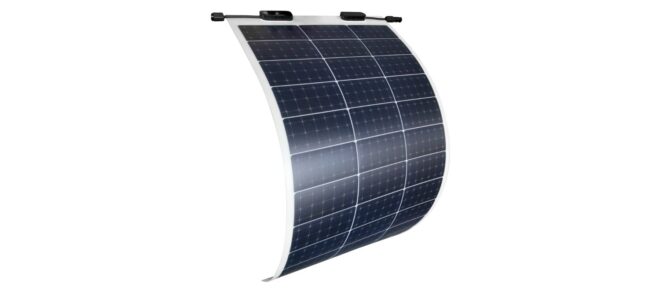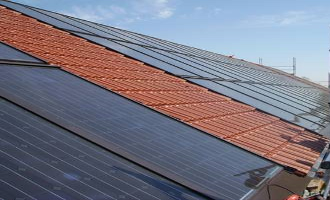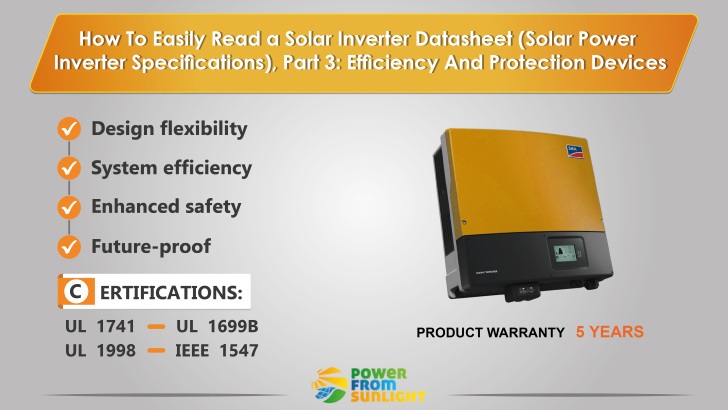
How To Easily Read a Solar Inverter Datasheet (Solar Power Inverter Specifications) Part 3: Efficiency And Protection Devices
This article explains how to simply read the relevant terms in a solar power inverter datasheet (solar inverter specifications) and how valuable this information is to choose the best one.
Before you read this article, you need to see the following articles:
- How To Easily Read a Solar Inverter Datasheet (Solar Power Inverter Specifications) Part 1: Input Data.
- How To Easily Read a Solar Inverter Datasheet (Solar Power Inverter Specifications) Part 2: Output Data.
The following is an example of a solar inverter datasheet, taken with actual values from an SMA SUNNY TRIPOWER 15000TL-US.
If your solar specialist offers you a variety of different inverters, look at the solar inverter specifications carefully and be informed about these points.
A) Efficiency

1. Maximum efficiency/CEC efficiency
Maximum efficiency of the PV inverter
This is given from the PV inverter manufacturer, usually rated for a specific power level.
Efficiency indicates the ratio of the amount of power coming out of the solar power inverter to the amount of power coming in. There are losses in every electronic circuit, mainly due to resistive heating.
CEC efficiency of the solar power inverter
The California Energy Commission (CEC) has proposed another weighting, which is now specified for some PV inverters used in the US.
Guide you on CEC Efficiency and not on maximum inverter efficiency. This should be greater than 96%.
B) Protection devices

1. DC reverse polarity protection
When considering the DC Voltage supply, it is useful to provide protection against accidental reverse polarity for your circuits.
In the case of reverse polarity on the DC side of the solar power inverter, a diode should create a short circuit.
2. Ground fault monitoring/grid monitoring
Ground fault monitoring
An insulation monitoring device monitors the ungrounded system between an active phase conductor and earth.
When the resistance between the two conductors falls below a set value, it is intended to give an alert (light and sound) or disconnect the power supply.
Here, the insulation monitoring is ensured.
Grid monitoring: SMA Grid Guard 3
The behavior of a PV inverter on the utility grid is controlled via its disconnection unit.
This disconnection unit is known as an SMA Grid Guard 3. It monitors the grid by comparing the grid-relevant settings of the solar power inverter (SMA Grid Guard parameters) with the parameters of the utility grid.
If grid parameters differ from the pre-set SMA Grid Guard-Parameters, the disconnection unit will ensure that the PV inverter interrupts the power supply.
3. All-pole sensitive residual current monitoring unit
This inverter is equipped with an all-pole sensitive residual current monitoring unit.
The integrated all-pole sensitive residual current monitoring unit (RCMU) provides an additional measure of safety. For inverters with grounding conductor monitoring, this must be activated.
4. DC AFCI compliant to UL 1699B
UL 1699B is a Standard for Photovoltaic (PV) DC Arc-Fault Circuit Protection and DC AFCI stands for direct current Arc-Fault Circuit Interrupter.
The requirements of UL 1699B cover the DC photovoltaic arc-fault circuit protection devices intended for use in solar PV systems as described in Article 690 of the National Electrical Code, NFPA 70.
This protection is designed to mitigate the effects of arcing faults that may pose a fire risk under certain conditions if the arcing persists.
This inverter has a system for arc fault detection and interruption. An electric arc with a power of 300 W or greater must be interrupted by the AFCI in the time specified by UL 1699B.
A detected electric arc causes the solar power inverter to interrupt feed-in operation: To restart feed-in operation, this must be activated manually.
5. AC short circuit protection
The AC short circuit protection in this inverter is guaranteed by current control.
6. Protection class/Overvoltage category
Protection class
This inverter has protection class I in accordance with IEC 62109-1.
The protection class I – Devices have the most effective protective measure of all protection classes.
Overvoltage category
SMA SUNNY TRIPOWER 15000TL-US can be used in grids of overvoltage category IV in accordance with UL 1741.
UL 1741 stands for Standard for Inverters, Converters, Controllers and Interconnection System Equipment for Use With Distributed Energy Resources.
Devices of overvoltage category IV are equipment for use at the connection point of the electrical installation.

